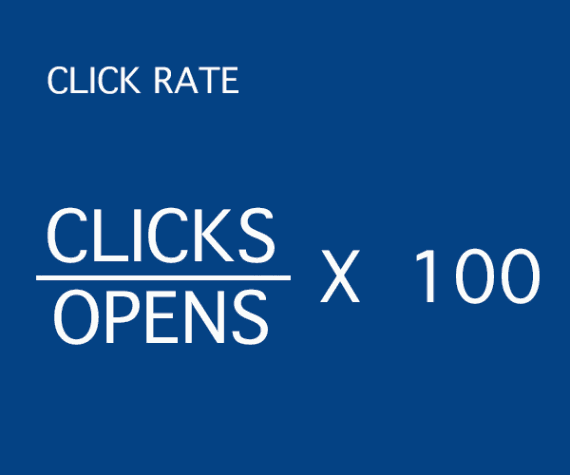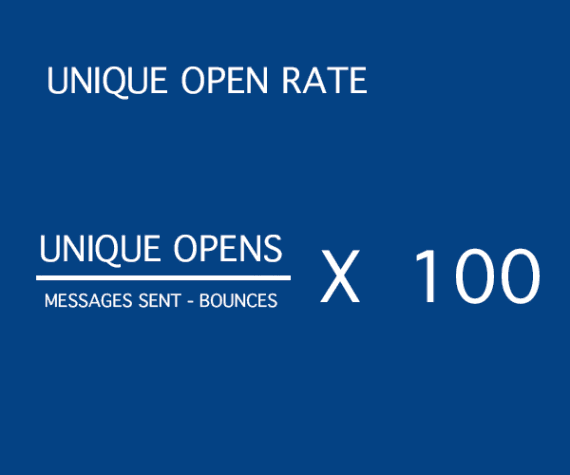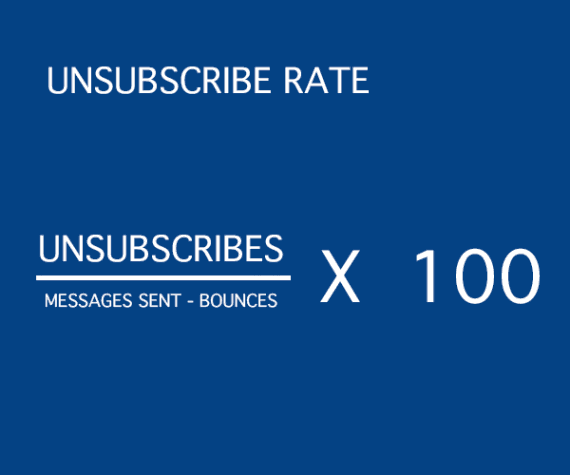Online retailers use email marketing messages to engage customers and boost sales, but not every email message is equally effective.
Fortunately, there are at least seven email marketing key performance indicators (KPIs) that can help ecommerce businesses identify which email messages work and why they work. Finding success could be as simply as understanding what these KPIs mean.
Both marketers and customers agree that email marketing works. For example, in August of 2013, Marketing Sherpa reported that about 60 percent of marketers believed that email marketing was producing a positive return on investment for their business. Similarly, the Direct Marketing Association has reported that about 60 percent of consumers have made a purchase as a result of receiving an email-marketing message.
Nonetheless, not every email-marketing message is a sales-driving success. Learning which email marketing messages work can help marketers improve performance, make customers happier, and ultimately make more money.
Marketers have defined at least seven KPIs for deciding how successful a particular email message is. What follows are definitions for these email marketing KPIs.
1. Total Sales
Look at how much an email campaign sold in total, before you start to dive down into the nitty gritty of average rates — since almost every email measurements will be a rate of some sort. Remember that email marketing can be a branding tool.
There is a multichannel retailer in the western United States that tracks not just the sale of items promoted in an email message, but all sales that come from customers known to have received the message. Interestingly, this retailer sees a measurable increase in sales generally whenever an email is sent, even if the particular item or items featured in the message do not experience a sales increase.
2. Conversion Rate
This metric tracks the percentage of a given email message’s recipients who open the email, click on a link in the email, and complete a desired action like making a purchase, registering for an online class, or downloading a white paper.
This rate helps to identify the number of recipients who had the highest quality interaction.
It typically requires two systems working together to collect conversion rate data. An email service provider can track email opens and clicks, while an analytics tool is employed to monitor customer behavior on the target site or landing page, including capturing the conversion.
3. Click Rate
If conversation rate is the king of email marketing KPIs, click rate or open-to-click rate is the queen. This KPI measures the percentage of recipients who open an email and click some link in the email. It does not consider whether the individual recipient completed the desired action and converted.
Typically, email service providers take the total number of unique clicks (meaning that multiple clicks from a single user are counted as one) and divide that number by the number of tracked email opens, resulting in a number of clicks per open. The clicks-per-open figure is multiplied by 100 to produce a percentage.
As an example if a particular message had 100 clicks and 1,000 opens, the clicks per open would be 0.1. That’s 100 divided by 1,000. Multiplying 0.1 by 100, would result in 10 or in the case of a click rate, 10 percent.

If a particular message had 100 clicks and 1,000 opens, the clicks per open would be 0.1.
Looking at the difference between click rate and conversion rate can often identify landing page deficiencies. Taken alone, the click rate can be used to determine if a particular link was compelling.
4. Unique Open Rate
This KPI can help to identify effective subject lines and topics. It is important to remember, however, that some email clients open messages by default, so consider looking at unique opens, which may provide a better indicator.
To find the unique open rate, an email service provider should first take the number of email messages sent and subtract any bounced emails to get the total number of delivered messages.

To determine the unique open rate, the number of unique opens is divided by the number of delivered messages.
Next, the number of unique opens is divided by the number of delivered messages. For example, if 1,000 messages were sent and 100 bounced, the total number of delivered messages would be 900. If this message enjoyed 180 unique opens, you could divide 180 by 900 to get 0.2. Here again one would multiply by 100 to get 20 or a 20 percent unique open rate.
Fortunately, a good email service provider will do the math for you.
5. Unsubscribe Rate
MailChimp has written that unsubscribe rates per campaign should be no more than about one percent for a well-maintained and properly used email subscriber list. If your email campaigns are generating unsubscribe rates of more than one percent, consider cleaning up your list, analyzing how emails are collected, or reviewing email message content.
To find the unsubscribe rate, divide the number of recipients that unsubscribed by the total delivered emails and multiply by 100.

To find the unsubscribe rate, divide the number of recipients that unsubscribed by the total delivered emails and multiply by 100.
6. Bounces
Bounces are undelivered emails. Often bounces will be divided into “soft” bounces, which are valid email addresses that for some reason could not receive a message this time. “Hard” bounces are non-existent email address. Good email service providers will remove hard bounces from your list automatically.
Monitoring the number of bounces a particular email message receives is a good measure of list quality and maintenance.
7. Site Traffic
There are strong indications that some email users, particular those reading messages on mobile devices, may read a message and later respond to that message from a different device.
Imagine a potential customer receives your email message about a sale on dresses during a business lunch. The shopper might glance at the email on her phone, noting that she likes the sale, but wait several hours to visit the merchant’s site from a different computer.
Look for overall changes in site traffic in the hours after an email message has been sent.





